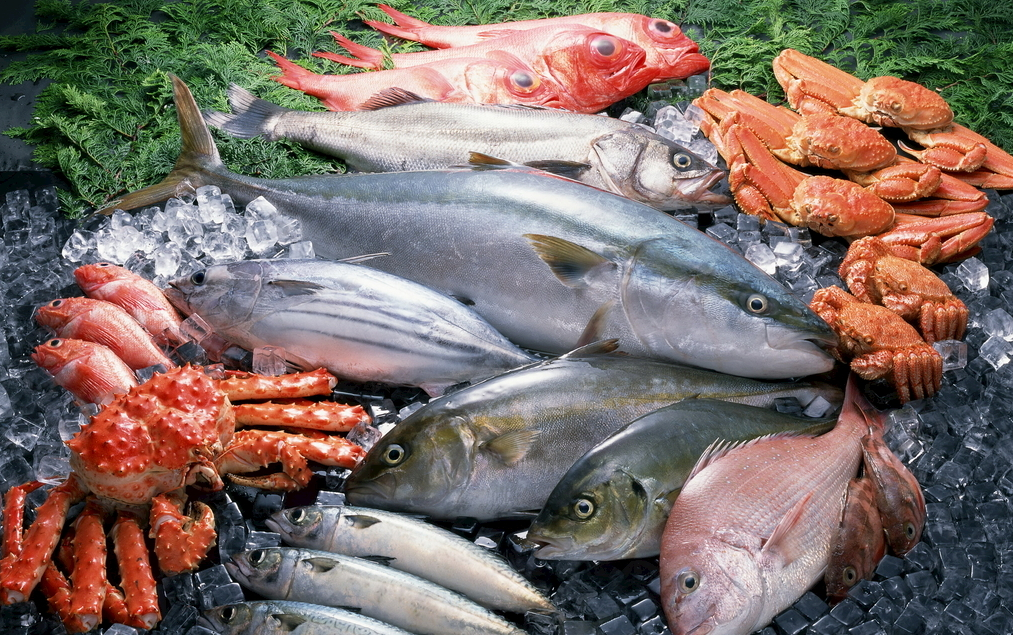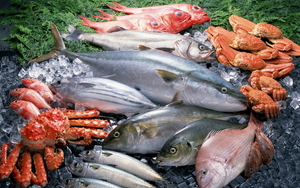
How to inspect aquatic products and seafood? Inspection, factory inspection, and certification services
Aquatic products, as an important category of food, their quality and safety directly affect the health of consumers. During the inspection, factory verification, and product inspection and certification processes of aquatic products, a strict quality control system must be established. This article will systematically elaborate on the inspection standards, testing methods, and quality certification requirements for aquatic products, providing professional guidance for relevant practitioners.
I. Sensory Inspection Certification of Aquatic Product Quality
(1) Legal and Regulatory Basis
Domestic regulations require
The Food Safety Law of the People's Republic of China stipulates that food should be free from toxicity and harmfulness.
Prohibit the production and operation of food that is spoiled or has abnormal sensory properties.
Sensory indicators are the primary content of food quality standards.
International certification standards
EU Regulation EC No 852/2004, 853/2004, 854/2004
Require processing enterprises to conduct sensory inspections
The official agency conducts a full-process random sensory inspection.
(2) Sensory inspection method certification
Visual inspection certification
Inspection site: Special sensory inspection area
Key points of inspection: appearance, color, and integrity
Certification standards: Surface glossiness, color uniformity
Olfactory inspection certification
Sensitivity requirement: Detect minor spoilage and deterioration
Environmental control: Smoking is prohibited before the test.
Abnormality identification: Odor of rancidity such as rancid smell
Taste test certification
Distinguishing ability: Capable of perceiving subtle changes with sensitivity.
Test sequence: Conducted under safety conditions
Record requirements: Provide a detailed description of the flavor characteristics
Tactile inspection certification
Test items: Hardness, elasticity, consistency
Application example: Judging the freshness of fish meat by its muscle hardness
Operation Specification: Standardized Touching Method
(3) Sensory Inspection Certification Principles
Compliance with Laws and Regulations
Based mainly on food safety regulations
In accordance with the relevant regulations of the health administrative department
Safety determination criteria
Clearly, spoiled or deteriorated products must not be consumed.
Refuse to accept if the levels of toxic and harmful substances exceed the standards.
Qualification certification for inspection personnel
In good health and without any bad habits.
Sensitive to sensations and highly experienced
Solid professional knowledge
II. Fish Species Quality Inspection and Certification Process
(1) Pre-inspection Preparation and Certification
Inspection Equipment Requirements
Special storage boxes, white porcelain basins
Micrometer caliper (accuracy 0.1 cm)
Electronic balance (accuracy 0.1g)
Personnel allocation certification
Inspector: Actual operation inspection
Recorder: Record the data in detail
(2) Sampling Inspection Certification
Sampling Scheme Certification
Random sampling: ≥ 100 individuals
Sample extraction: ≥ 30 fish
Random sampling to ensure representativeness
Appearance inspection certification
Body color: In line with the characteristics of the breed
Body surface: The scales are intact and the mucus is normal.
Texture: Smooth without any abnormalities
(3) Vitality Inspection Certification
Mobility Test
Water temperature control: Temperature difference ≤ ±3℃
Testing method: Observe while swimming against the current
Judgment criteria: Capable of continuously swimming against the current
Health assessment certification
Abnormality rate calculation: Abnormal tail count / Total sample count
Injury rate calculation: Number of injured animals / Total number of samples
Incidence rate calculation: Number of diseased fish / Total number of samples
(4) Specification Measurement Certification
Length Measurement Certification
Measurement item: Total length (accurate to 0.1 cm)
Calculation method: Sum of measured values / Number of measurements
Result expression: Average total length
Weight measurement certification
Operation requirements: Remove the water adhering to the body surface
Weighing accuracy: 0.1g
Calculation result: Average weight
III. Certification Standards for Seafood Products
(1) Freshness Inspection Certification
Fish freshness certification
Eyes: Full and transparent, with clear corneas
Gill area: Bright red, with transparent mucus.
Muscle: Firm and elastic, not detached from the bone
Surface: Lustrous, with transparent mucus
Crustacean inspection and certification
Shrimp: The cephalothorax is closely connected to the body segments.
Crabs: The walking legs are closely connected to the body.
Shellfish: Shells are tightly closed, and they are highly responsive.
(2) Physical and Chemical Index Certification
Volatile Basic Nitrogen (TVB-N)
Fish: ≤ 30mg/100g
Crustaceans: ≤ 25mg/100g
Shellfish: ≤ 15mg/100g
Histamine content certification
Salmon, mackerel and other fish with pink skin and red flesh: ≤ 100mg/100g
Other fish: ≤ 50mg/100g
(III) Microbial Indicator Certification
Total Colony Count
Fresh product: ≤ 10⁵ CFU/g
Ready-to-eat products: ≤ 10⁴ CFU/g
Pathogenic bacteria detection
Salmonella: Not detected
Golden Staphylococcus: ≤ 100 CFU/g
Vibrio parahaemolyticus: ≤ 100 MPN/g
IV. Inspection and Certification Process Management
(1) Document Review and Certification
Qualification Document Verification
Aquaculture/Fishing Permit
Transportation Vehicle Registration Certificate
Quarantine Certificate
Review of the record files
Purchase Inspection Record
Storage temperature record
Sales ledger records
(2) On-site inspection and certification
Environmental inspection
Storage temperature: 0 - 4℃
Environmental hygiene: Clean and pollution-free
Facilities and equipment: Operating normally
Product inspection
Packaging integrity
Label standardization
Expiry date validity
(III) Laboratory Testing Certification
Rapid Detection Items
pH value measurement
Freshness test strip test
Temperature measurement
Precise analysis of the project
Determination of TVB-N content
Heavy metal detection
Pesticide residue analysis
V. Quality Evaluation and Certification Conclusion
(1) Criteria for Qualified Certification
Sensory indicators
All meet the freshness requirements.
No abnormal odor or taste
In good condition with no damage to the form.
Physical and Chemical Indicators
TVB-N content meets the standard
Histamine content is within the acceptable range.
The heavy metal content is within the standard.
(2) Non-conformity Handling
Immediate Rejection Situations
Clearly rotten and deteriorated
Detection of pathogenic bacteria
Excessive toxic substances
Restrictions on Usage Situations
Some of the indicators are slightly below the standard.
It can meet the requirements after processing.
Clearly define the scope of application
By establishing a complete inspection and certification system for aquatic products and strictly implementing quality control throughout the entire process from the source to sales, it is possible to effectively ensure the safety of aquatic product quality, provide consumers with fresh and safe aquatic products, and at the same time promote the standardized development of the aquatic product industry.
Share this product

How to inspect aquatic products and seafood? Inspection, factory inspe
Aquatic products, as an important category of food, their quality and safety directly affect the health of consumers.
